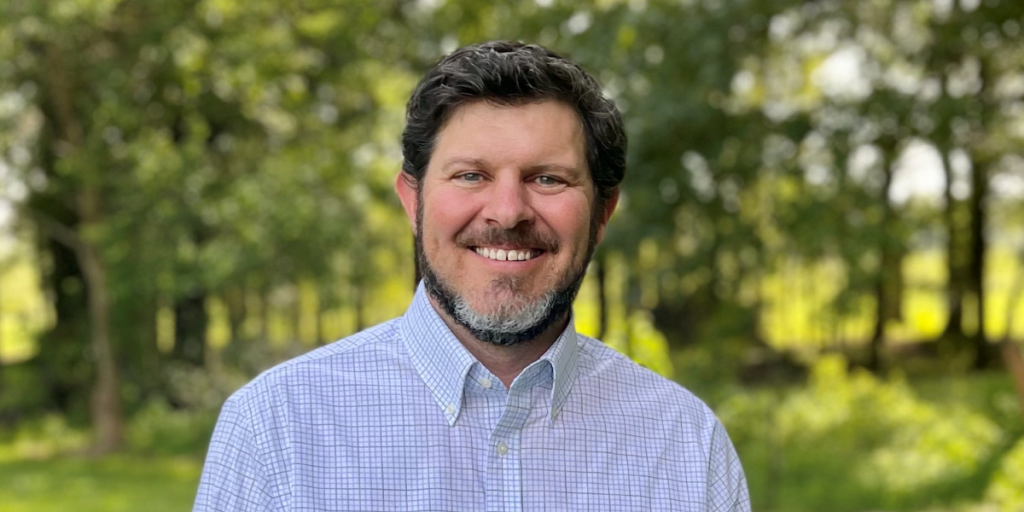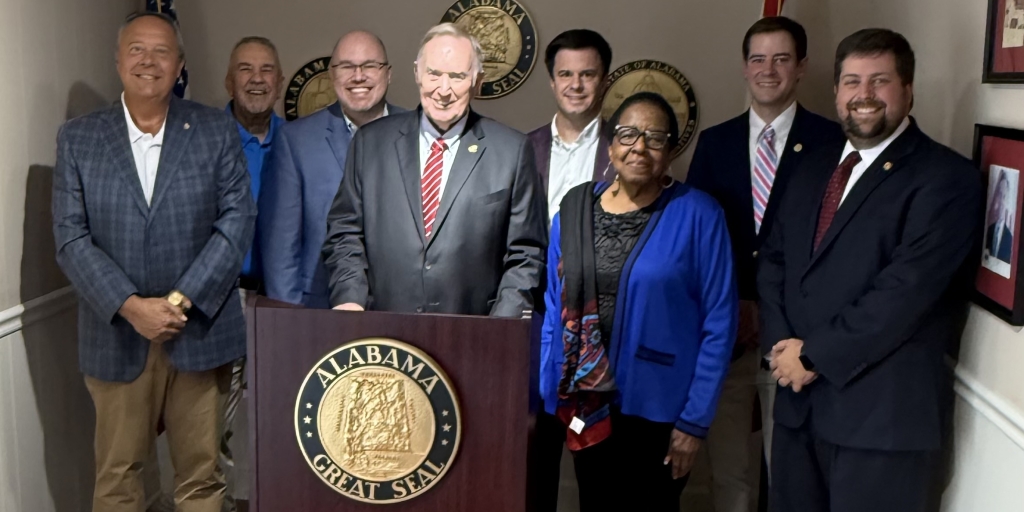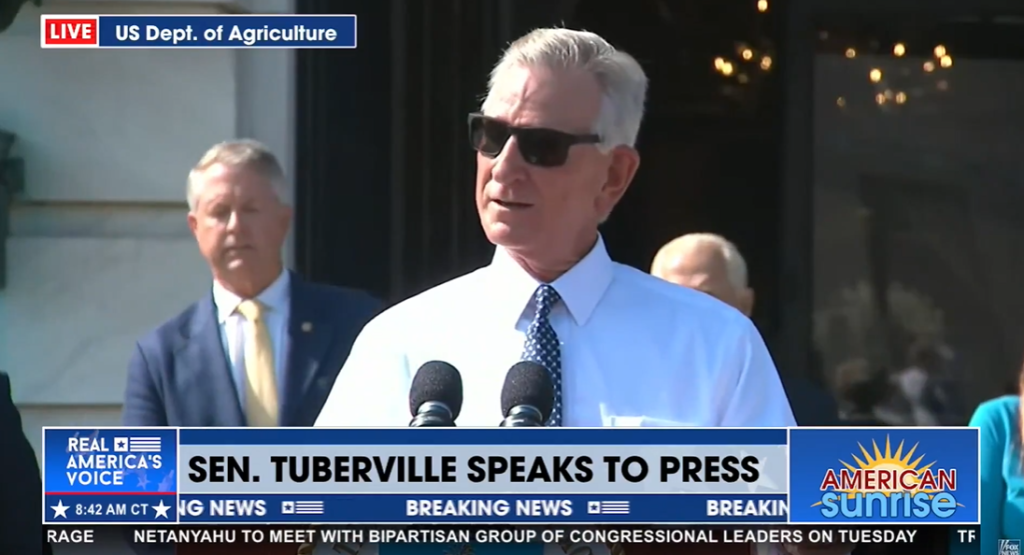The 2019 Atlantic hurricane season officially began Saturday, June 1 and continues through November 30. Typically, an average Atlantic hurricane season produces 12 named storms (composed of tropical storms, subtropical storms and hurricanes); six hurricanes and three major (i.e., category 3-4-5) hurricanes.
According to Dr. Keith Blackwell and Andrew Murray, hurricane experts with the University of South Alabama meteorology program and USA’s Coastal Weather Research Center, Atlantic seasonal hurricane activity is strongly influenced by several oceanic and atmospheric features. Present and predicted conditions associated with the natural evolution of these features during the summer and fall will largely shape and determine the nature of the hurricane season.
Blackwell and Murray offer four of the main influences on the 2019 Atlantic hurricane season:
1) Ocean sea surface temperatures (SSTs) in the tropical Atlantic. Ocean SSTs have warmed to near normal in the tropical Atlantic. Near-normal SSTs are expected to persist over the tropical Atlantic into the fall and should neither enhance nor suppress Atlantic hurricane activity (neutral influence). SSTs in the tropical Atlantic affect the instability of the atmosphere and the ability of thunderstorms to form. SSTs also modify the overall atmospheric environment to either favor (warmer SSTs) or suppress (colder SSTs) thunderstorms and tropical weather systems.
2) The presence or absence of El Niño or La Niña in the tropical Pacific. A weak El Niño is present in the tropical central and eastern Pacific. This El Niño may persist into the fall, although at the present time there is considerable uncertainty as to exactly how long it may continue (suppressing influence).
The El Niño phenomenon is a dramatic warming of the tropical central and eastern Pacific Ocean. The appearance of this vast reservoir of warm water shifts the tropical distribution of thunderstorms in the Pacific and has far-reaching effects on the weather over the Atlantic, Gulf and Caribbean Sea. El Niños strengthen upper-level westerly winds over the Caribbean Sea and enhance harmful wind shear affecting tropical waves and tropical cyclones.
3) The strength and position of the Bermuda-Azores subtropical high pressure system over the central and eastern North Atlantic. Sea-level pressure is lower in the eastern North Atlantic associated with a weaker-than-normal Bermuda-Azores high pressure area. This high pressure has weakened recently, and this condition is expected to continue into what is typically the most active part of the Atlantic hurricane season from August into October (enhancing influence).
A weaker Bermuda-Azores high pressure area weakens the trade winds which in turn reduces the cold-water upwelling and helps ease detrimental wind shear over tropical waves and developing tropical cyclones in the tropical Atlantic.
4) The strength and persistence of the West African monsoon in the sub-Saharan region of Africa. Persistent rainfall has been occurring with the West African monsoon in the sub-Saharan region of Africa. This region has been wetter than normal, and this enhanced rainfall is expected to persist into fall (enhancing influence).
The two major groups producing seasonal hurricane outlooks for the Atlantic basin are Colorado State University and the National Oceanic and Atmospheric Administration Climate Prediction Center. Both of these organizations are predicting near-normal activity in terms of named storms, hurricanes and major hurricanes for the 2019 Atlantic hurricane season.
Conclusion: A near-normal Atlantic hurricane season is expected due to the negative effects of a lingering weak El Niño being offset by the positive effects of a weaker Bermuda-Azores high pressure system and wet conditions in sub-Saharan West Africa. These offsetting effects, when combined with the neutral influence of near-normal tropical Atlantic SSTs, suggest a normal hurricane season this year.
(Courtesy of the University of South Alabama)













